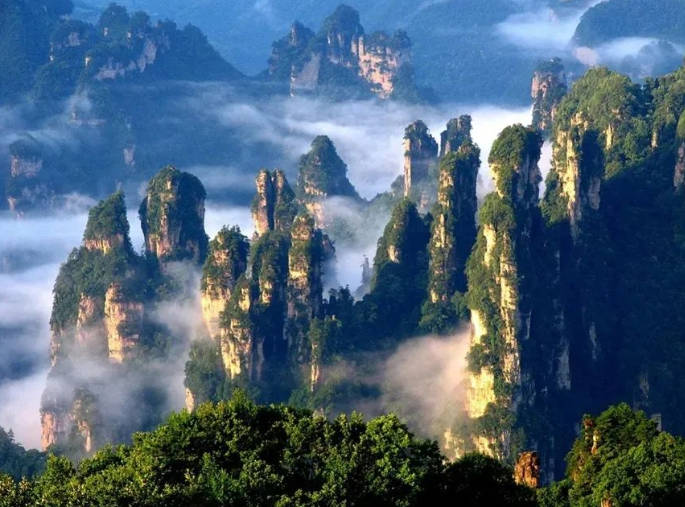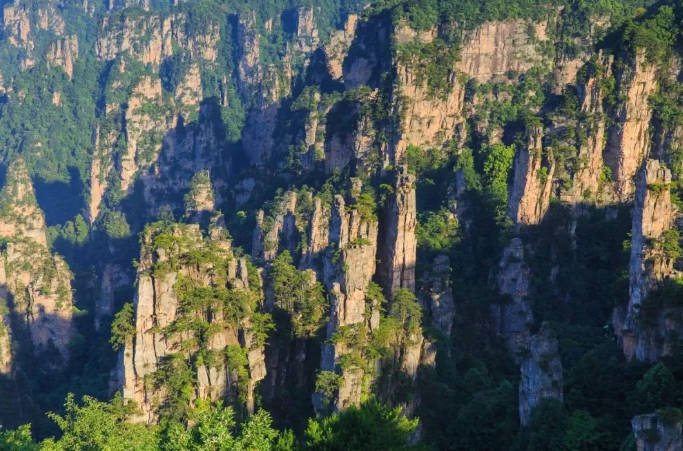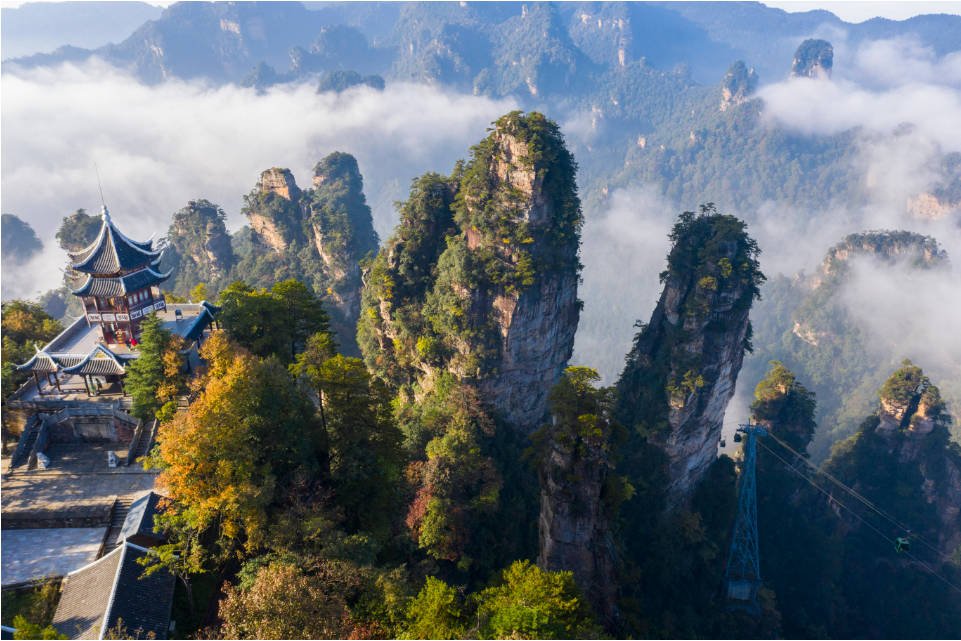Unraveling the Mysteries of Zhangjiajie: How the Spectacular Landscape Formed
Zhangjiajie National Forest Park is the first scenic spot in China to be awarded the title of Global Geopark and was the inspiration for the famous director James Cameron’s film Avatar.

Located in the northwestern part of Hunan Province, this scenic spot covers an area of more than 500 square kilometres and is home to more than 3,000 strange peaks and rocks, 800 rivers and 40 caves, among other natural landscapes, making it a wonderland on earth.
Yuanjiajie, the main attraction of Zhangjiajie National Forest Park, was one of the main locations for the Avatar film and is famous for its spectacular cluster of stone pillars and bizarre rock formations.
There is such a marvellous and beautiful place in the world.
Here are three thousand strange peaks, magnificent;
The canyons between the peaks have gurgling streams and thick shade;
This is the Zhangjiajie Sandstone Peak Forest Landscape
Nature’s ingenious workmanship creates its magic and uniqueness.

The formation of Zhangjiajie landforms is mainly divided into eight time periods:
380 million years ago
At this time, Zhangjiajie was still a shallow sea, and a large amount of sediment inside the river was deposited here, forming a quartz sandstone rock layer more than 500 metres thick.
300 million years ago
Zhangjiajie was uplifted to become land, and the top layer of sandstone came into contact with oxygen, and formed the “iron cap” rich in limonite by weathering.
280 million years ago
The crust of Zhangjiajie area subsided and became oceanic again, and limestone layers were formed on top of the sandstone.
200 million years ago
Zhangjiajie uplifted again to become land.
180 million years ago
The earth’s crust was horizontally squeezed, and the rocks in Zhangjiajie were fractured and deformed, forming many joints and fissures inside.
30 million years ago
The rocks at the top of Zhangjiajie weathered and formed a razor plane.
2.6 million years ago
The crust of Zhangjiajie was strongly uplifted, and the surface water was constantly undercutting and eroding the rocks, but it was protected by the hard “iron cap” on the top of the quartz sandstone, and a plane was formed on the top of the “iron cap”.
After 2.6 million years
The river finally penetrated the “iron cap”, the erosion of flowing water, plant root erosion, root splitting, gravity collapse and other roles, the quartz sandstone cut into the present scene, the formation of square mountains, platforms, peaks wall, peaks, forests, remnants of forests and other set of complete development of geomorphological landscapes. Now the crust of Zhangjiajie is still slowly rising, and Zhangjiajie’s geomorphological landscape is still in the process of formation and change.

From a large area of the ocean to the present, Zhangjiajie experienced coastal sedimentation, uplift for the land, subsidence for the sea, resumed for the land, fracture deformation, razor level formation, stripping razor surface formation, geomorphological formation of eight stages. Billions of years of wind, rain and snow, and the infinite changes between heaven and earth have created Zhangjiajie, a unique scenic pearl.
